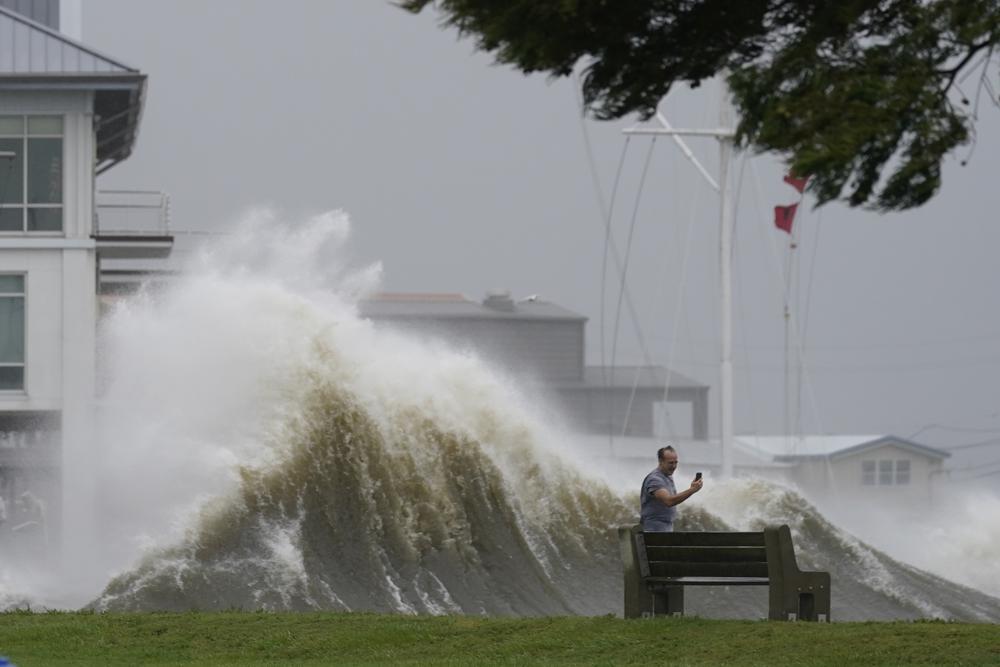New Orleans
Terror The New Year’s Eve attack in New Orleans, when an US Army veteran drove a truck into a crowd of revellers, has shaken America and raised difficult questions about the rising threat of ISIS-inspired violence in everyday spaces.
People in Louisiana woke up to a monster storm after Ida’s top winds grew by 45 mph (72 kph) in five hours as the hurricane moved through some of the warmest ocean water in the world in the northern Gulf of Mexico.

Representation image
Hurricane Ida blasted ashore Sunday as one of the most powerful storms ever to hit the U.S., knocking out power to all of New Orleans, blowing roofs off buildings, and reversing the flow of the Mississippi River as it rushed from the Louisiana coast into one of the nation’s most important industrial corridors.
The hurricane was blamed for at least one death: a person found dead following a report of a fallen tree on a home in Prairieville, the Ascension Parish Sheriff’s Office said on Facebook. The person, who was not identified, was pronounced dead. Prairieville is a suburb of Baton Rouge, Louisiana’s capital city.
Advertisement
The power outage in New Orleans heightened the city’s vulnerability to flooding and left hundreds of thousands of people without air conditioning and refrigeration in the sweltering summer heat.
Advertisement
Ida — a Category 4 storm — hit on the same date Hurricane Katrina ravaged Louisiana and Mississippi 16 years earlier, coming ashore about 45 miles (72 kilometers) west of where Category 3 Katrina first struck land. Ida’s 150-mph (230 kph) winds tied it for the fifth-strongest hurricane to ever hit the mainland U.S. It dropped hours later to a Category 1 storm with maximum winds of 95 mph (155 kph) as it crawled inland, its eye about 45 miles (70 kilometers) northwest of New Orleans.
Significant flooding was reported late Sunday night in LaPlace, a community adjacent to Lake Pontchartrain, meteorologists in New Orleans said. Many people took to social media, pleading for boat rescues as the water rose.
The rising ocean swamped the barrier island of Grand Isle as landfall came just to the west at Port Fourchon. Ida made a second landfall about two hours later near Galliano. The hurricane was churning through the far southern Louisiana wetlands, with more than 2 million people living in and around New Orleans and Baton Rouge under threat.
“This is going to be much stronger than we usually see and, quite frankly, if you had to draw up the worst possible path for a hurricane in Louisiana, it would be something very, very close to what we’re seeing,” Gov. John Bel Edwards said.
People in Louisiana woke up to a monster storm after Ida’s top winds grew by 45 mph (72 kph) in five hours as the hurricane moved through some of the warmest ocean water in the world in the northern Gulf of Mexico.
The entire city of New Orleans late Sunday was without power, according to city officials. The city’s power supplier — Entergy — confirmed that the only power in the city was coming from generators, the city’s Office of Homeland Security & Emergency Preparedness said on Twitter. The message included a screenshot that cited “catastrophic transmission damage” for the power failure.
Advertisement